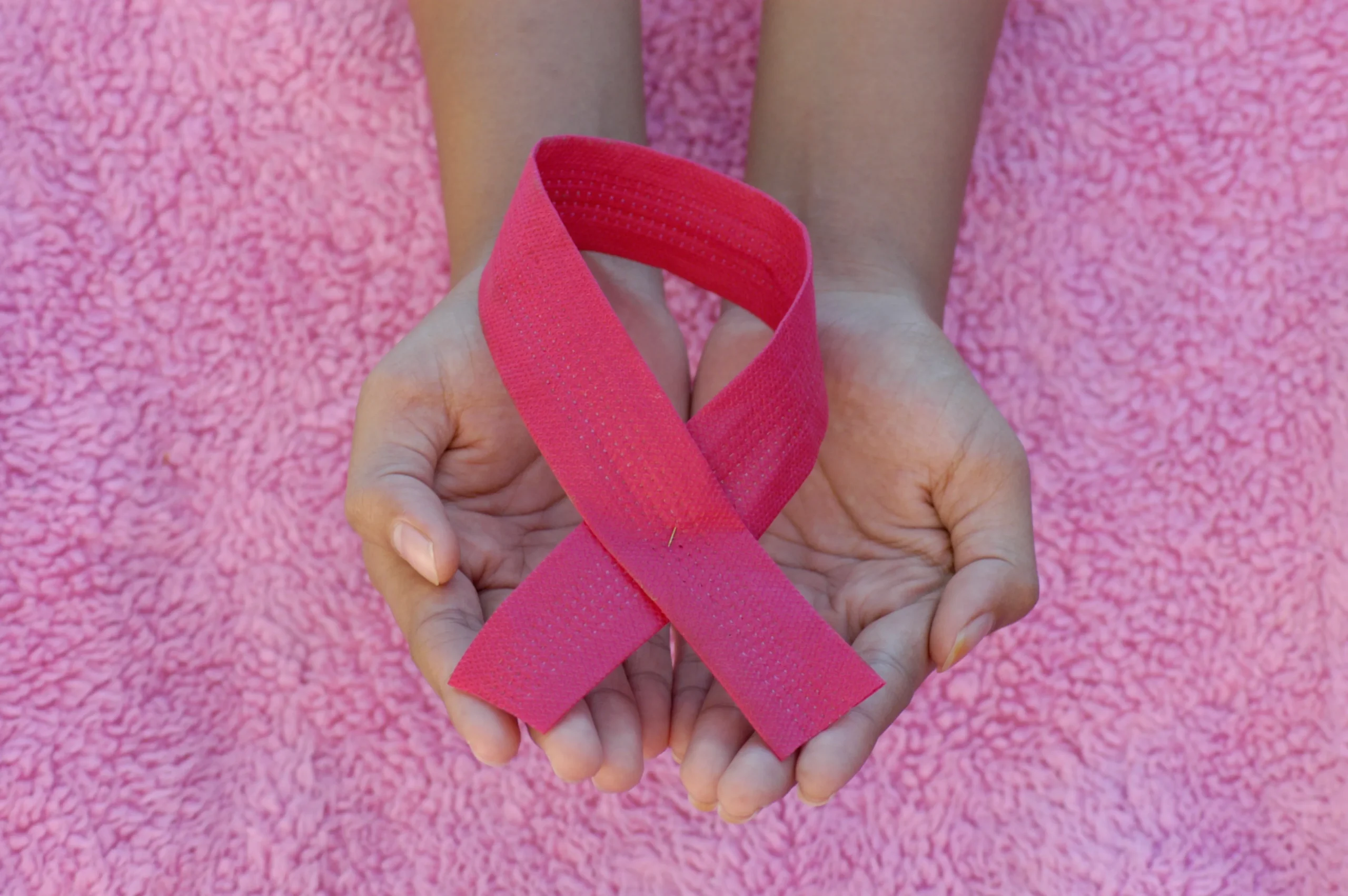Introduction
Breast cancer remains one of the most prevalent and concerning health issues for women worldwide. Understanding its symptoms, available treatments, and effective prevention strategies is crucial for early detection and better outcomes.
What is Breast Cancer?
Breast cancer is a type of cancer that develops in the cells of the breast. It can occur in both men and women, but it is far more common in women. The cancer usually begins in the milk-producing glands (lobules) or the ducts that carry milk from the lobules to the nipple.
Symptoms of Breast Cancer
Recognizing the symptoms of breast cancer can lead to early detection and improved treatment options. Common symptoms include:
Changes in Breast Appearance
One of the first signs can be a change in the size, shape, or appearance of the breast. This might include swelling, dimpling of the skin, or changes in the nipple.
Breast Lump or Thickening
Feeling a lump or thickening in the breast or underarm area is a common symptom. Not all lumps are cancerous, but any unusual changes should be checked by a healthcare professional.
Nipple Changes
Changes in the nipple, such as inversion, discharge (other than breast milk), or a rash, can indicate underlying issues that need evaluation.
Breast Pain
While breast pain is not usually a symptom of breast cancer, persistent or unexplained pain should be discussed with a doctor.
Diagnosis and Screening
Mammograms and Other Tests
Early detection through regular mammograms and clinical breast exams is key. Mammograms can detect breast cancer in its early stages, often before symptoms appear.
Biopsy
If abnormalities are detected, a biopsy may be performed to determine whether the cells are cancerous and what type of cancer is present.
Treatment Options
Surgery
Surgery is often the first line of treatment for breast cancer. This may involve lumpectomy (removal of the tumor and a small amount of surrounding tissue) or mastectomy (removal of the entire breast).
Radiation Therapy
Radiation therapy uses high-energy rays to kill cancer cells. It is often used after surgery to destroy any remaining cancer cells.
Chemotherapy
Chemotherapy involves using drugs to kill cancer cells or stop them from growing. It can be administered orally or intravenously, depending on the type and stage of cancer.
Hormone Therapy
Hormone therapy is used to block hormones that fuel certain types of breast cancer. It is often prescribed after surgery to reduce the risk of cancer recurrence.
Prevention Strategies
Lifestyle Changes
Maintaining a healthy weight, exercising regularly, and limiting alcohol intake can reduce the risk of breast cancer.
Breastfeeding
Breastfeeding may lower the risk of breast cancer, especially if done for a year or more.
Regular Screening
Early detection through regular mammograms and self-exams can lead to early treatment and better outcomes.
Conclusion
Understanding breast cancer symptoms, treatment options, and prevention strategies is essential for both women and men. Early detection remains the best defense against breast cancer, and proactive lifestyle choices can significantly reduce the risk.
FAQs about Breast Cancer
- What age should I start getting mammograms?
- Mammogram recommendations vary, but generally, women should start screening at age 40 or earlier if they have a family history.
- Is breast cancer hereditary?
- Yes, some cases are linked to genetic mutations such as BRCA1 and BRCA2.
- Can men get breast cancer?
- Yes, although rare, men can develop breast cancer.
- Are all breast lumps cancerous?
- No, many breast lumps are benign, but it’s important to have any unusual lumps evaluated by a doctor.
- What are the risk factors for breast cancer?
- Risk factors include age, family history, genetic mutations, hormone replacement therapy, and lifestyle factors.

